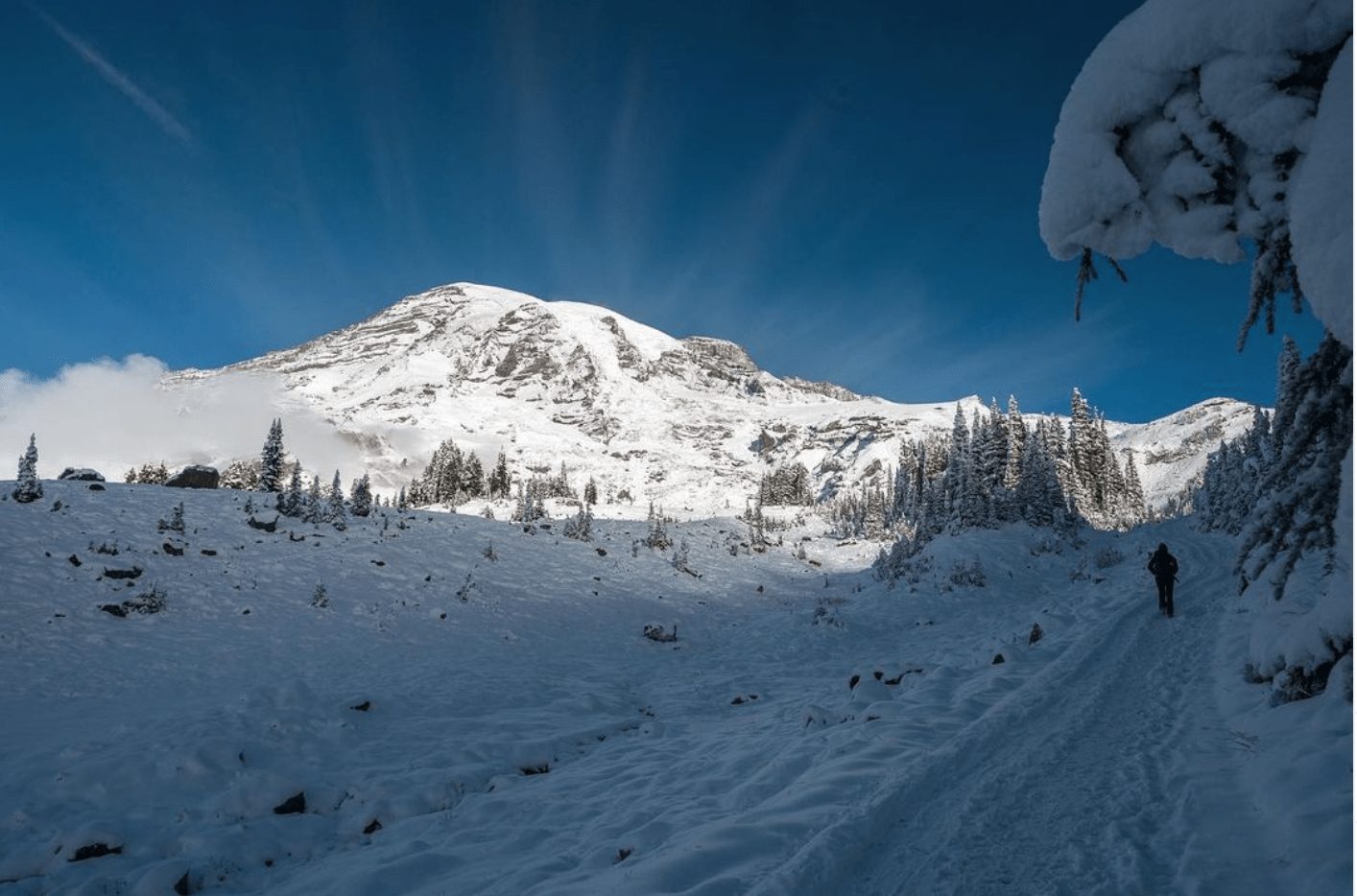
When you think of legendary snowfall in the Pacific Northwest, I suspect a few spots that come to mind within the Evergreen State. That said, I want to jump right in and give you context on the precise coordinates of these two locations and their proximity to the Pacific Ocean.
I begin with Mount Baker, or Koma Kulshan as it is known by the Lummi Nation, which sits at 10,781 feet. This perfect-forming edifice is characterized as a stratovolcano that is effectively built upon layers and layers of ash, lava flows, and pumice giving that classic ice cream cone shape. Mount Baker is less than 50 miles from Bellingham Bay. This mountain makes it the closest volcano in the Cascade Range from the Pacific Ocean.

The other is Mount Rainier, which is known as Tahoma by the Puyallup Tribe, which sits at 14,410 feet. Like Mount Baker, it is characterized as a stratovolcano, built upon layers of ash, lava flows, and pumice lending that classic and much broader shaped cone albeit with a more eroded and glaciated appearance compared to Mount Baker. Mount Rainier lies roughly 100 to 150 miles east of the Pacific Ocean.
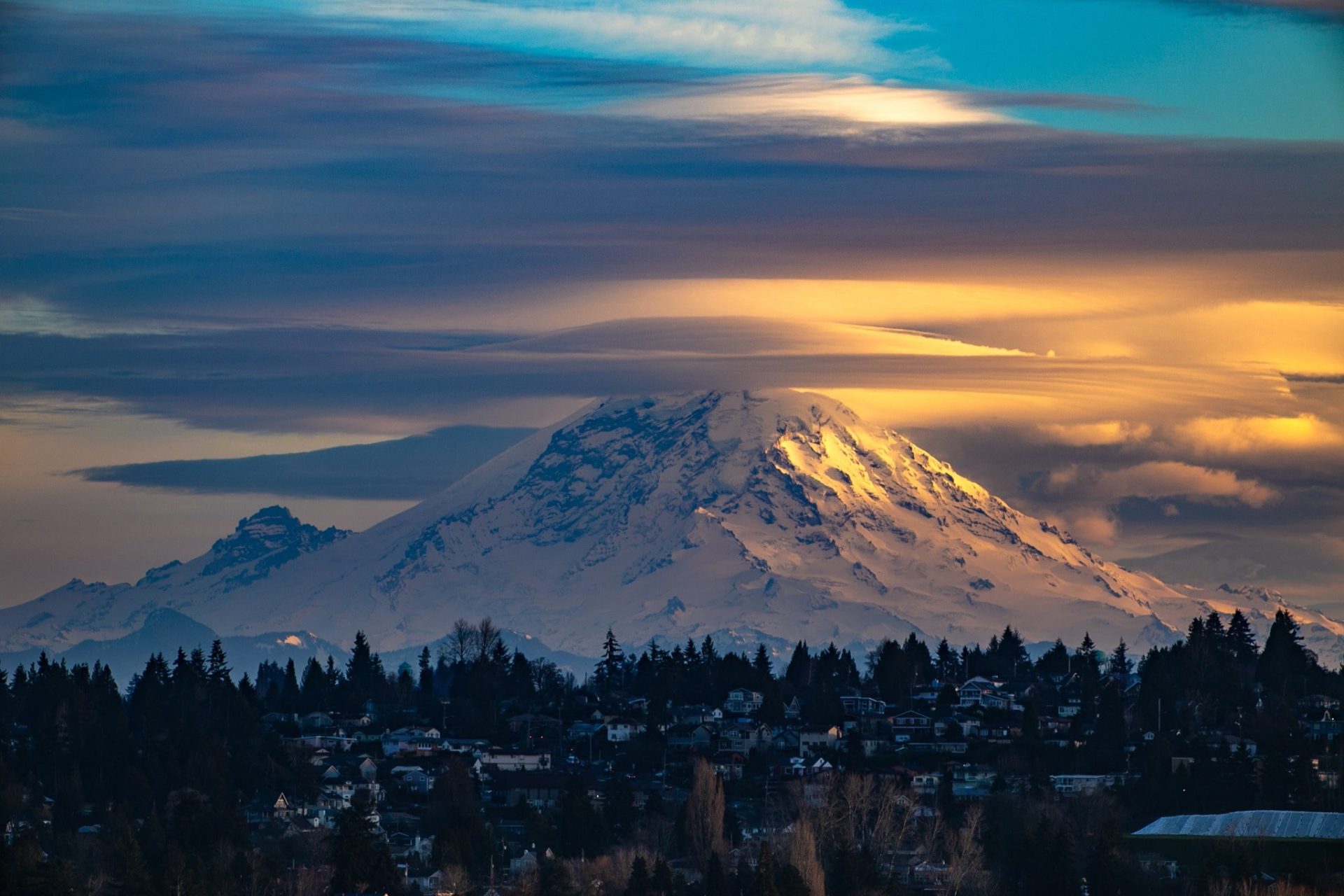
You might be asking why I chose these sites in the Evergreen State. I chose these two locations because they have some of the most robust and extensive history of recorded snowfall over the decades. Secondly, Mount Baker (Koma Kulshan) and Mount Rainier (Tahoma – Paradise) have precise measurement equipment at similar elevations.
What also makes this a compelling comparison is that both of these sites are perched near or on the crest of the Cascades and record at respectable elevations of about 4,200 feet for Mount Baker Ski Area and 5,400 feet for Mount Rainier. Of course, the biggest difference is that Mount Baker is further north than Mount Rainier. Secondly, the elevation at which snow is recorded does give Mount Rainier (Paradise) an edge of 1200 feet over Mount Baker Ski Area.
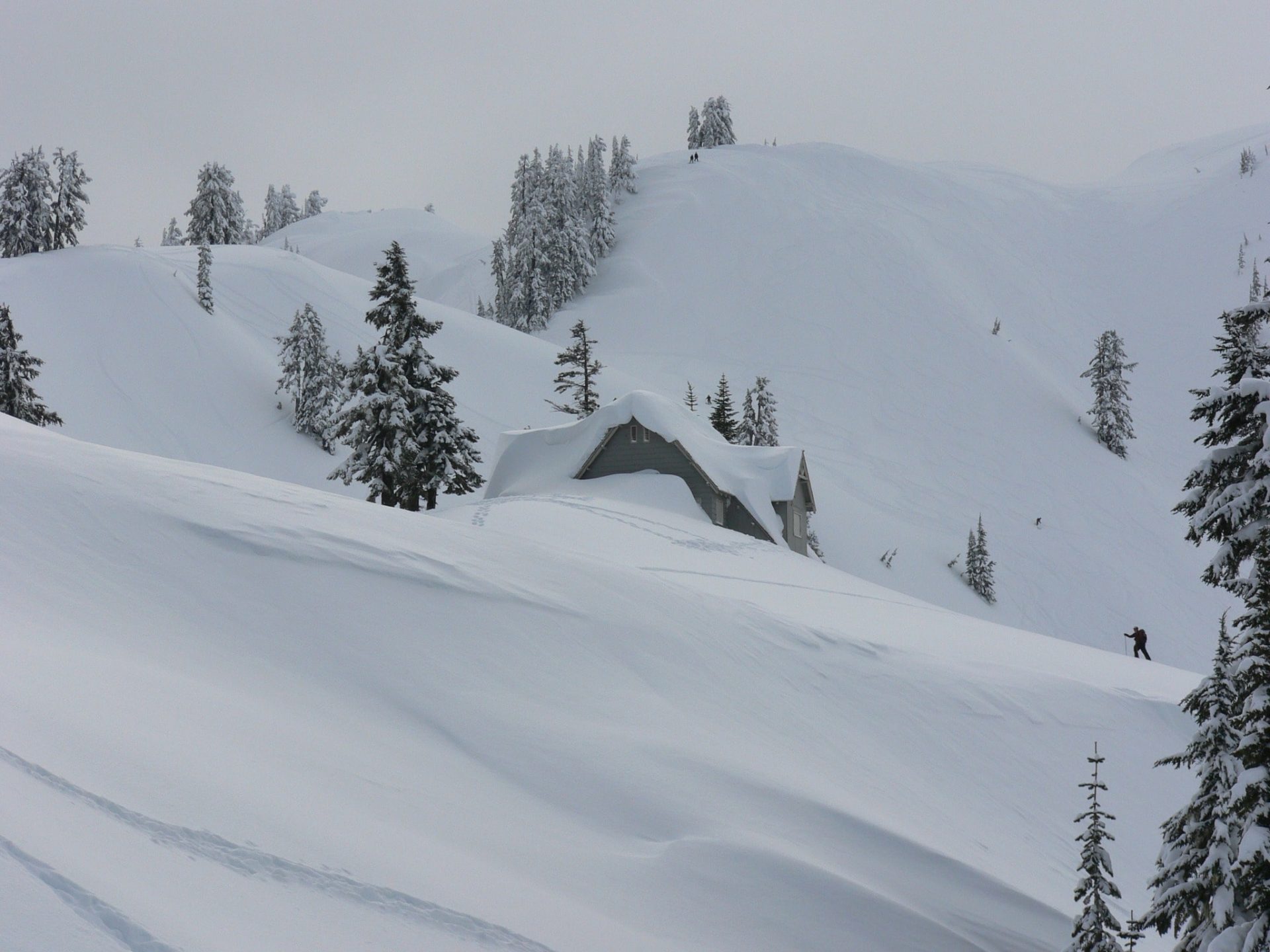
Let’s get things rolling by sharing the average annual snowfall at these two sites. First, is Mount Baker Ski Area with an average annual snowfall of 663 inches or 55.25 feet. Paradise at Mount Rainier National Park boasts an average annual snowfall of 640 inches or 53.3 feet.
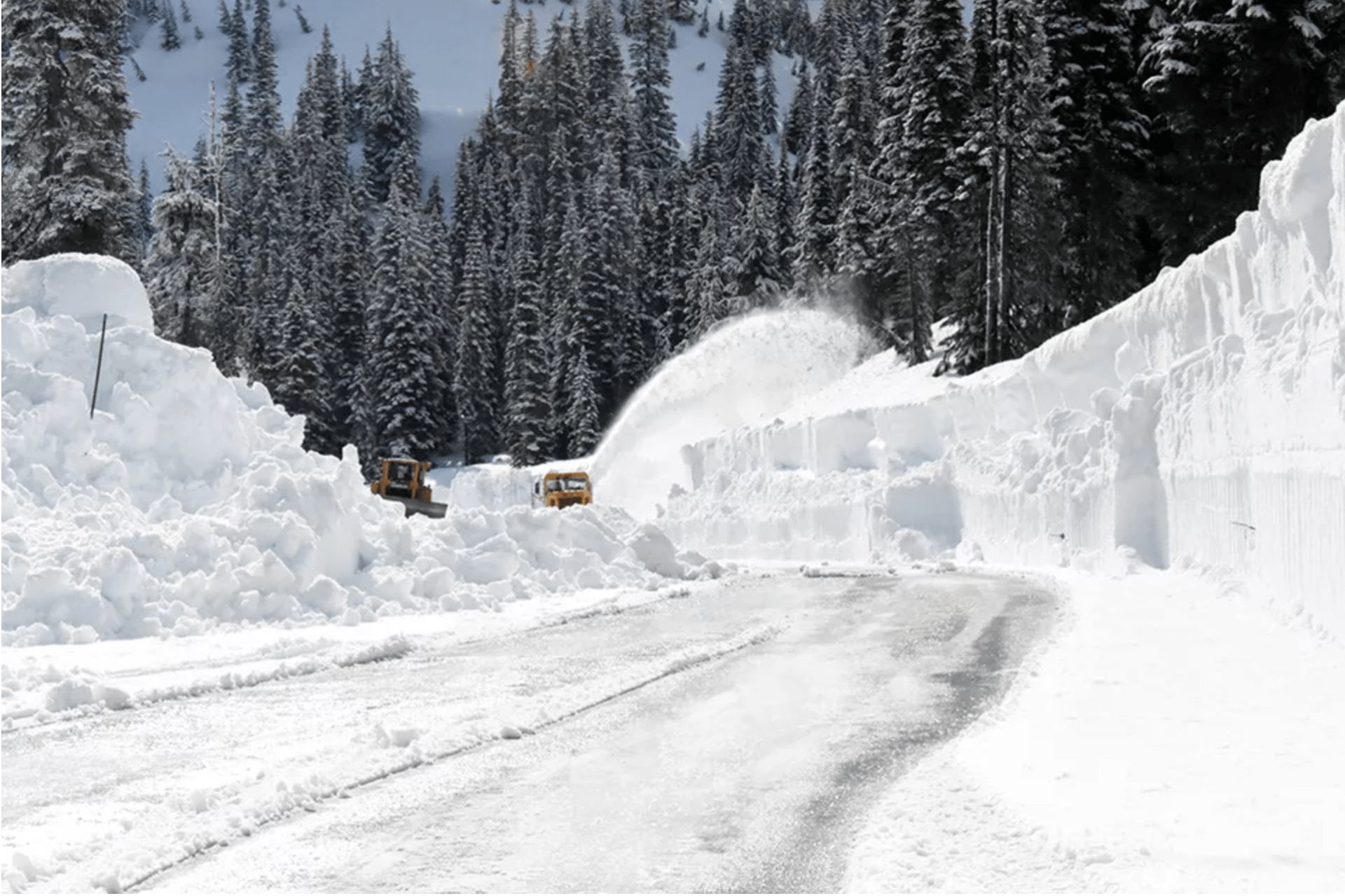
Now that you have a firm basis on both mountains’ average annual snowfall, let’s see when the lowest-ever recorded average annual snowfall amounts landed. Mount Baker Ski Area’s lowest on record dates back to the winter season of 1980/81, when it generated a staggering low of 277 inches. That same year, Mount Rainier National Park recorded a measly 266 inches, both strikingly low compared to their averages.
Now onto the monkey in the room regarding who reigns supreme in terms of the biggest annual snowfall dump in one season. Remember that the total yearly snowfall is measured from June 30th to July 1st of the following year.
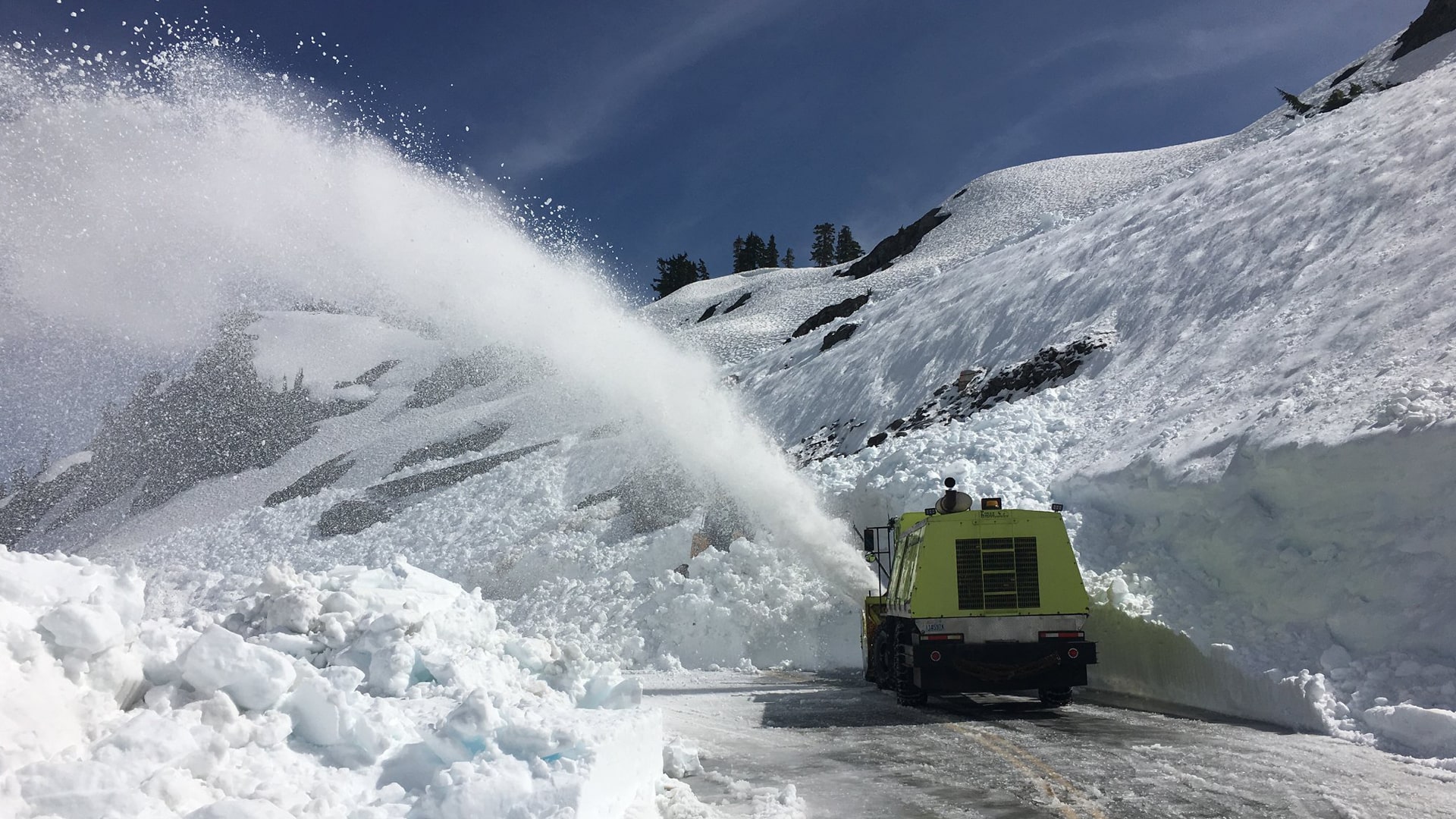
I begin with Paradise at Mount Rainier National Park where 1,122 inches (93.5 feet) fell during the 1971/72 winter season. For the Mount Baker Ski Area, the record comes in at 1,140 inches (95 feet) for the 1998/99 winter, beating Paradise by 18 inches. This was officially documented and confirmed by NOAA (National Ocean and Atmospheric Administration) as the world record holder of snowfall during a single winter season.
After looking at the average annual snowfall data and the biggest and smallest snowfall years, one could potentially give the upper hand to Mount Baker Ski Area as the overall winner in each arena. However, it’s easy to make a compelling and convincing case for each and not everything can be reduced to numbers. Do you have a preferred mountain in Washington or was there anything that stood out to you between these two legendary locations in the Evergreen state?
I end this piece by sharing this wise and thought-provoking quote that gives perspective to the many gifts that weather brings:
“Sunshine is delicious, rain is refreshing, and wind braces us up, snow is exhilarating; there is really no such thing as bad weather, only different kinds of good weather. ”
—John Ruskin
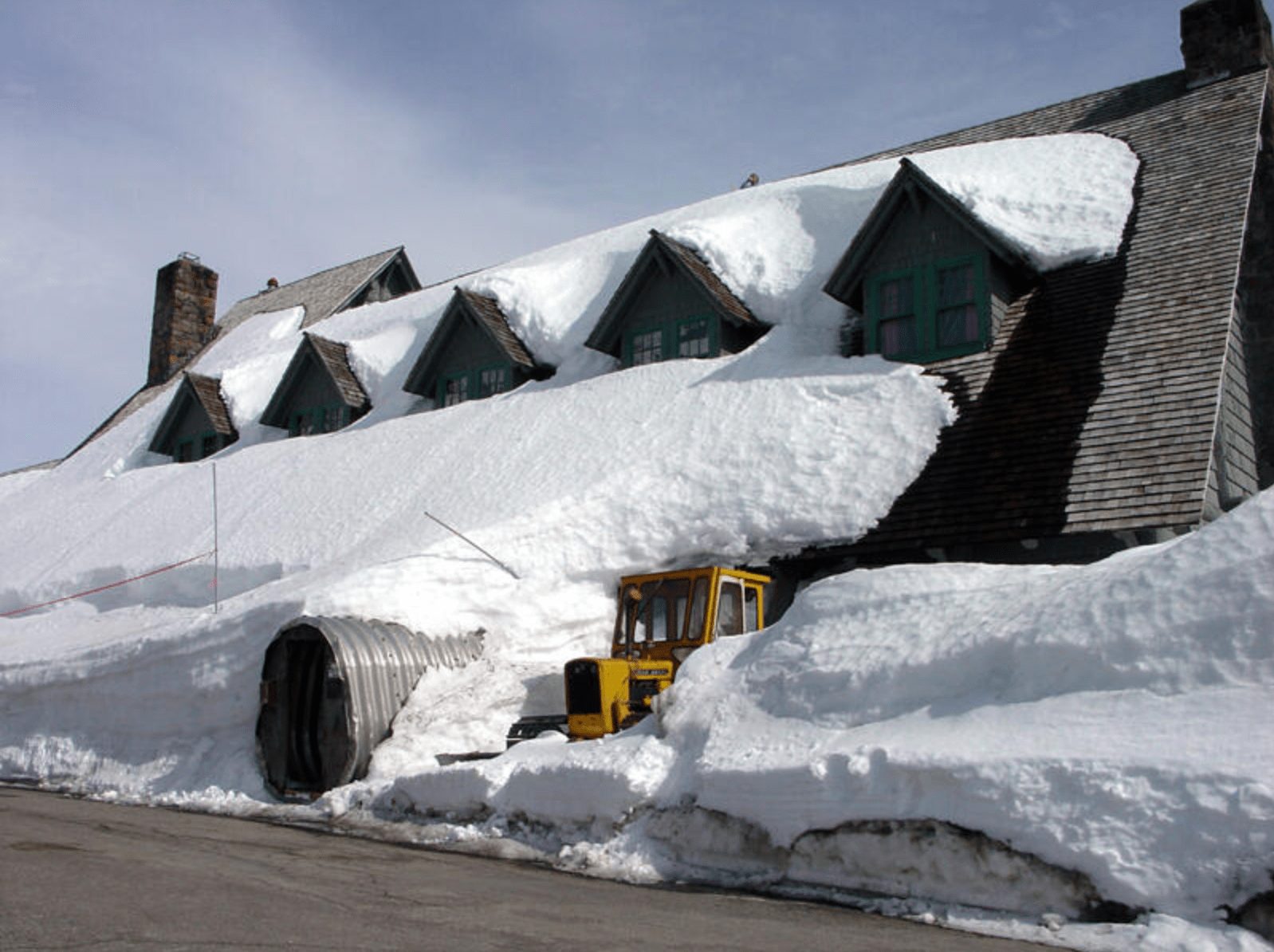
Myopic author using names of mountains like he knows Indians didn’t do the same thing to the culture they replaced. No one calls Italy, Rome ffs.